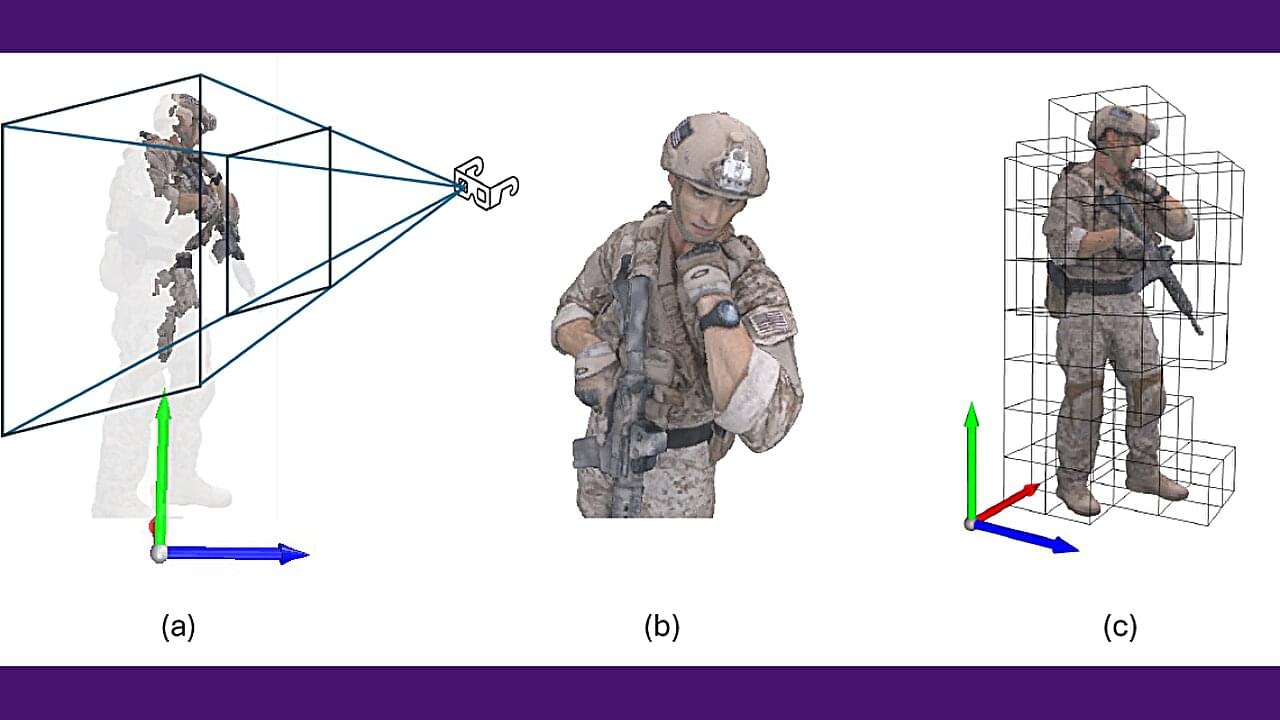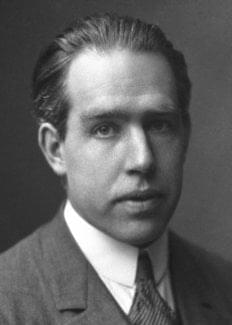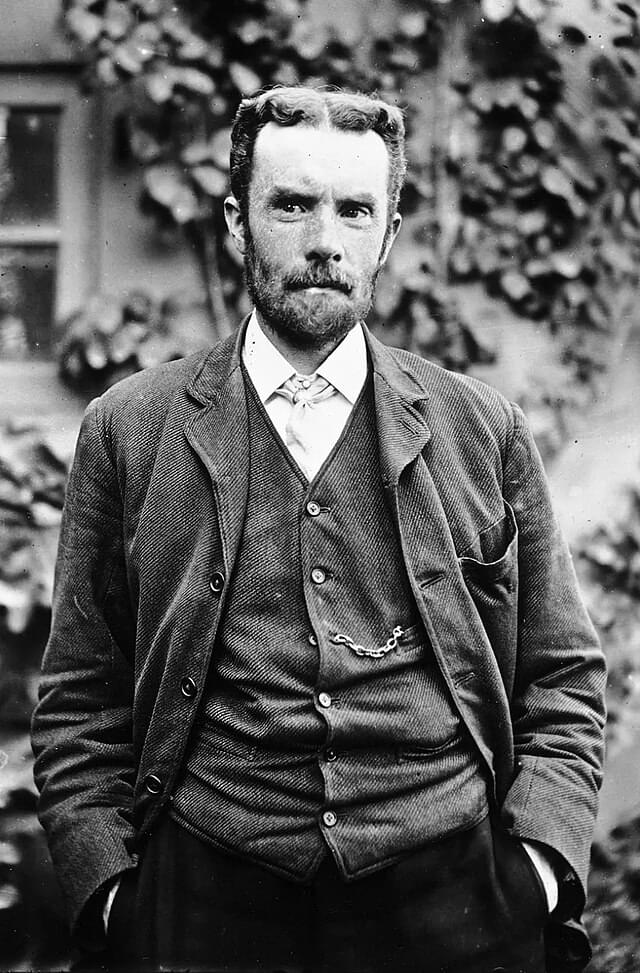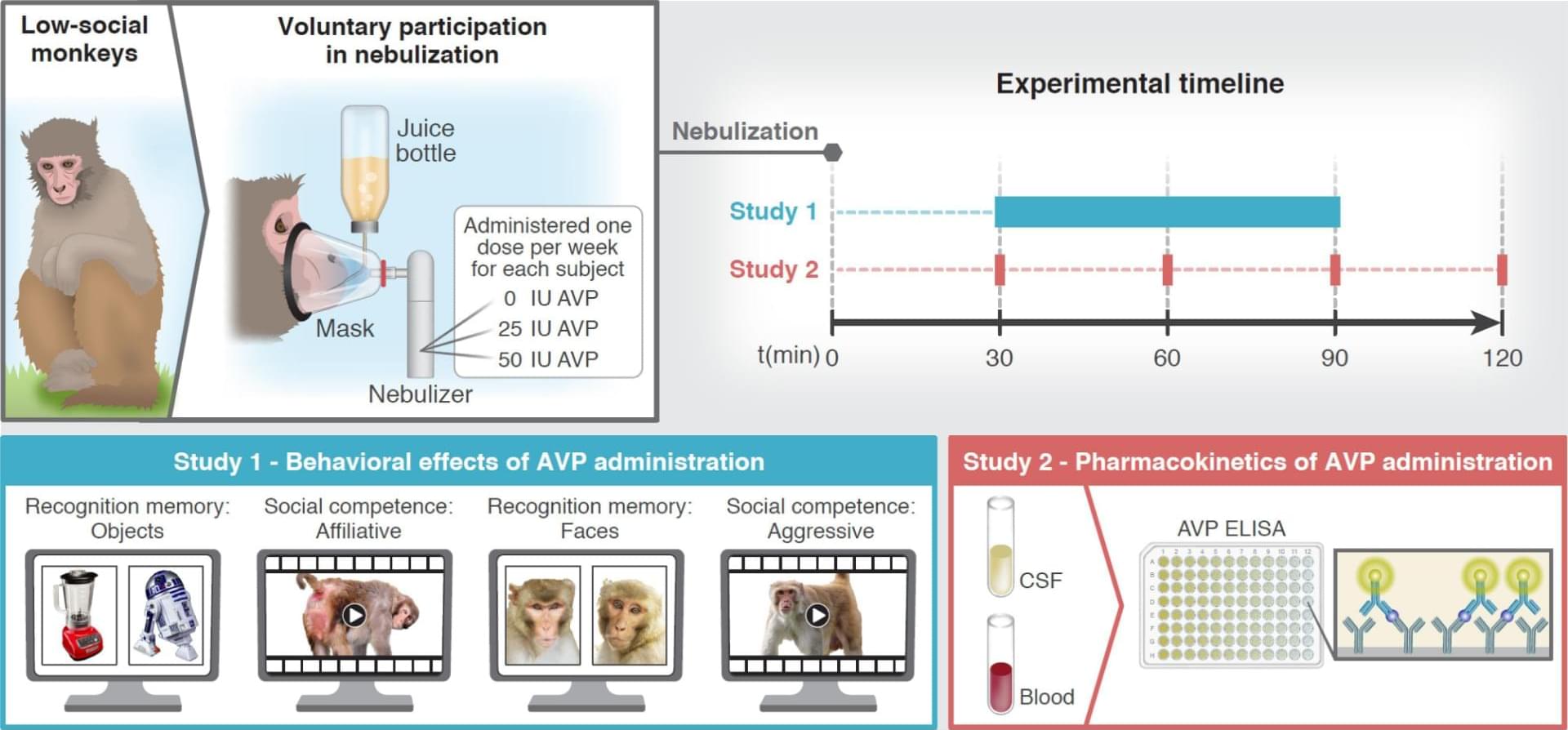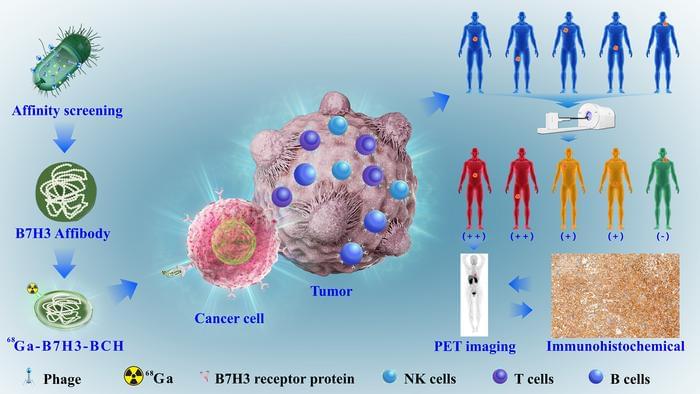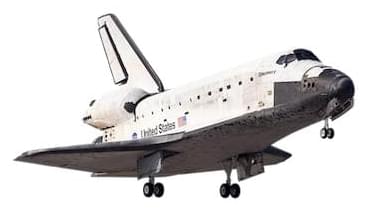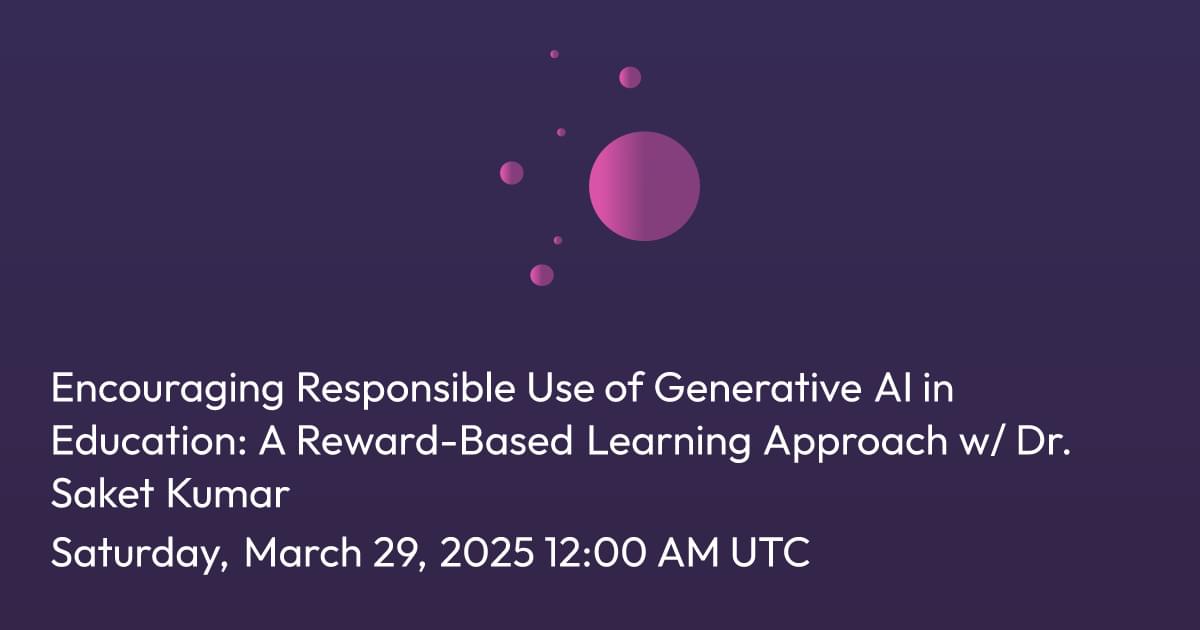A new approach to streaming technology may significantly improve how users experience virtual reality and augmented reality environments, according to a study from NYU Tandon School of Engineering.
The research—presented in a paper at the 16th ACM Multimedia Systems Conference (ACM MMSys 2025) on April 1, 2025—describes a method for directly predicting visible content in immersive 3D environments, potentially reducing bandwidth requirements by up to 7-fold while maintaining visual quality.
The technology is being applied in an ongoing NYU Tandon project to bring point cloud video to dance education, making 3D dance instruction streamable on standard devices with lower bandwidth requirements.
